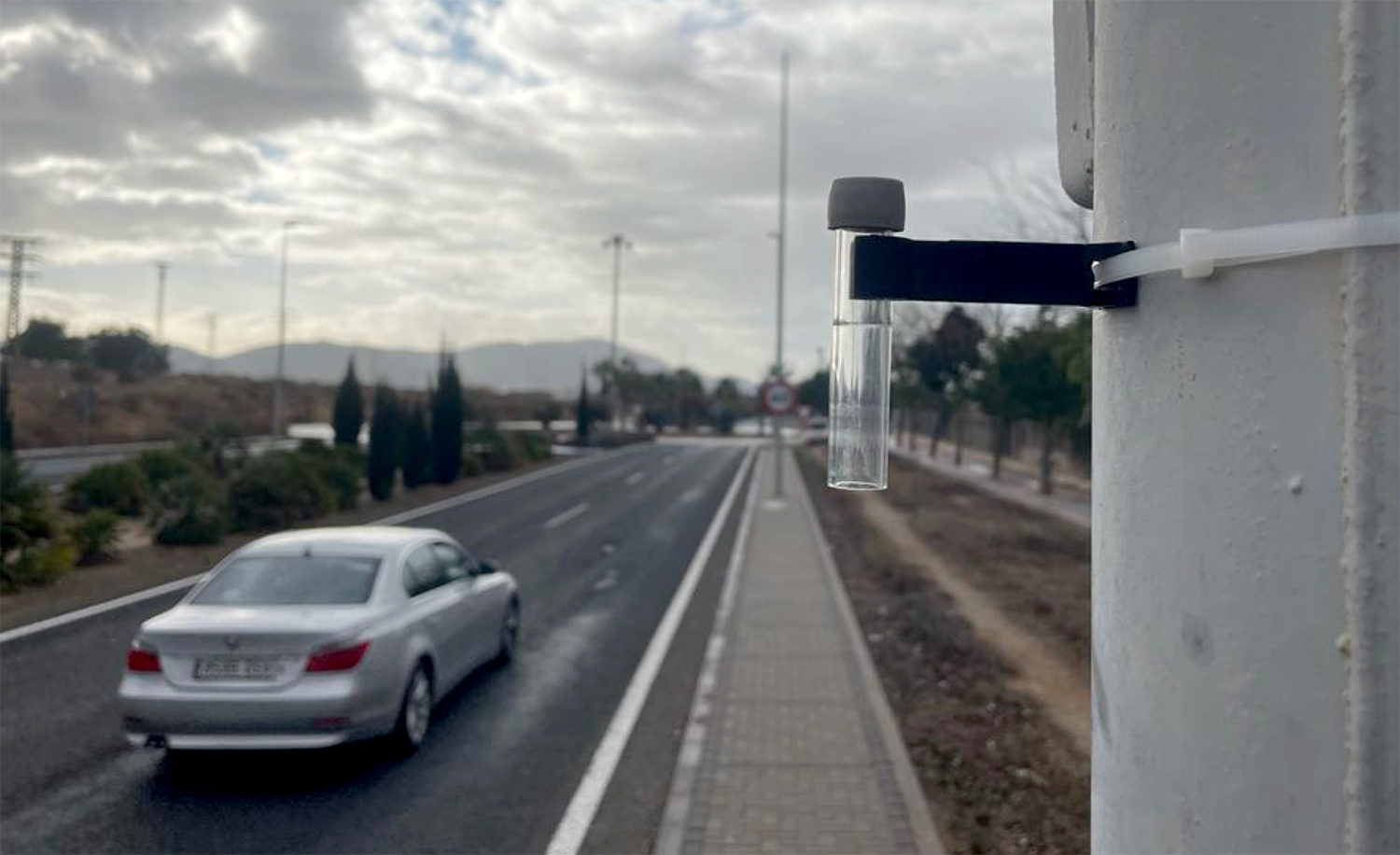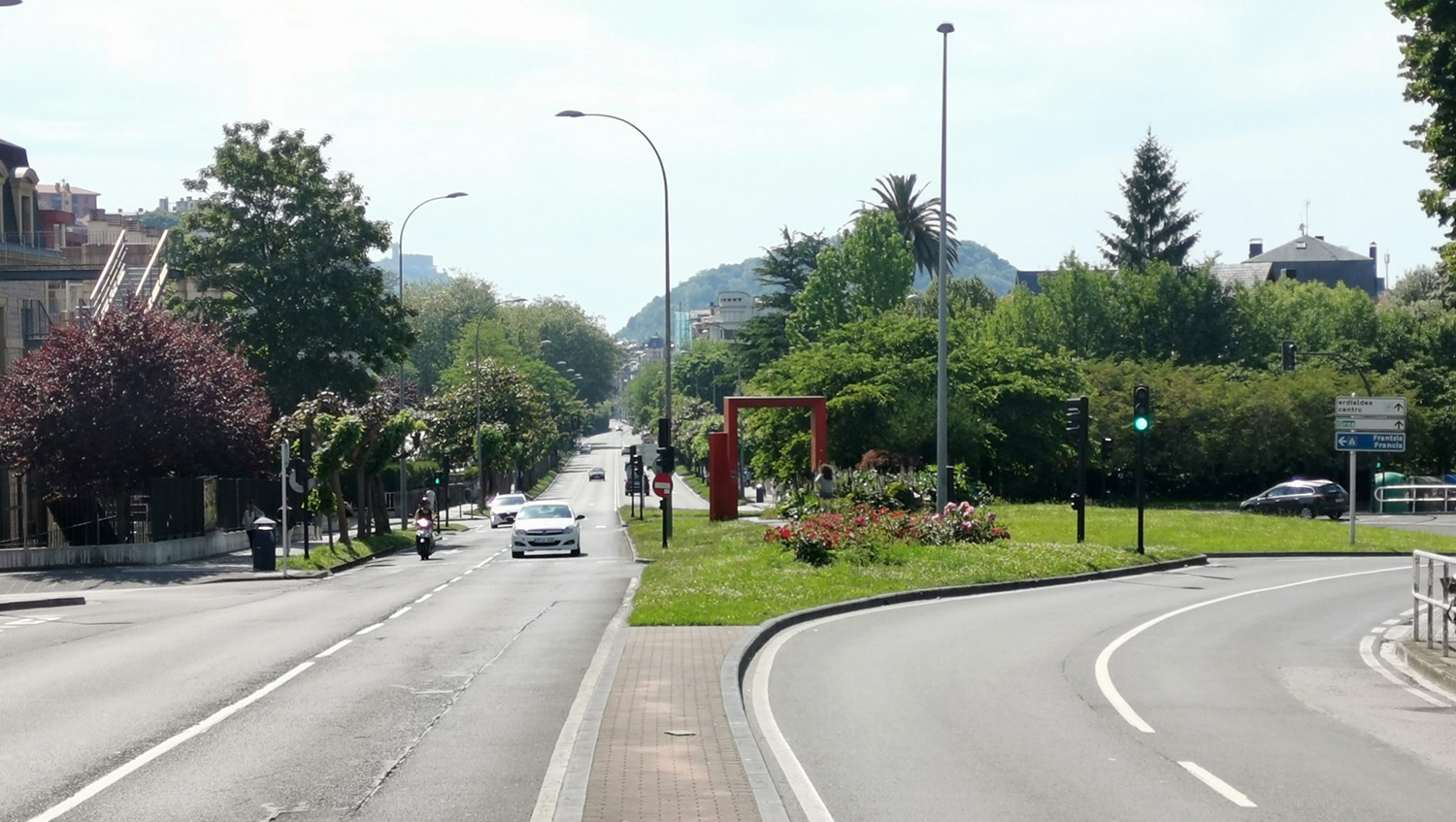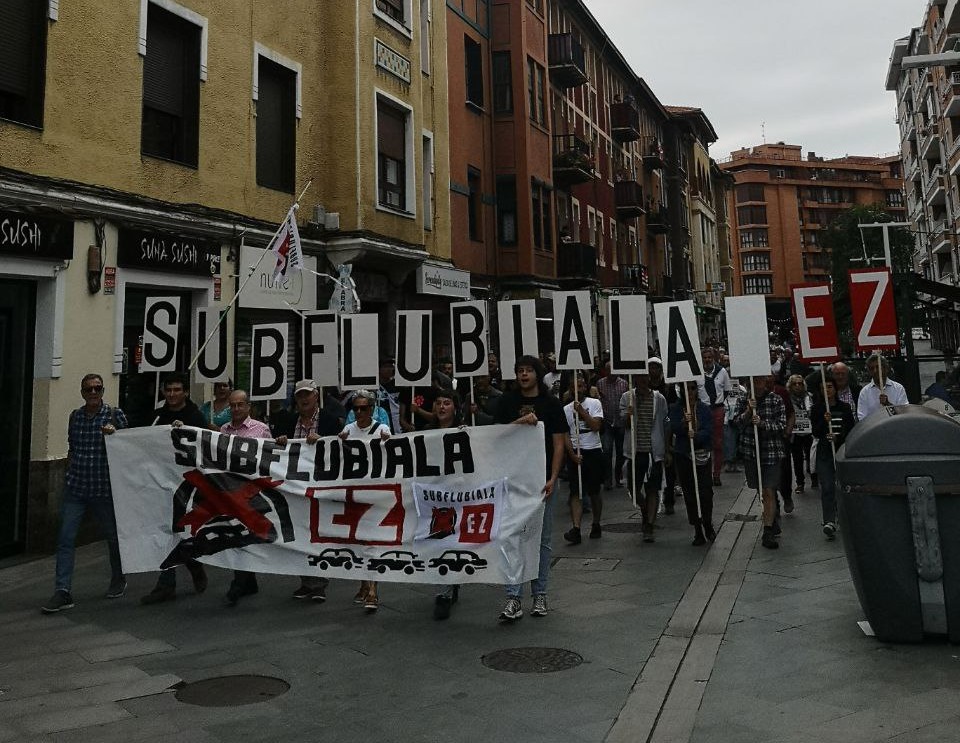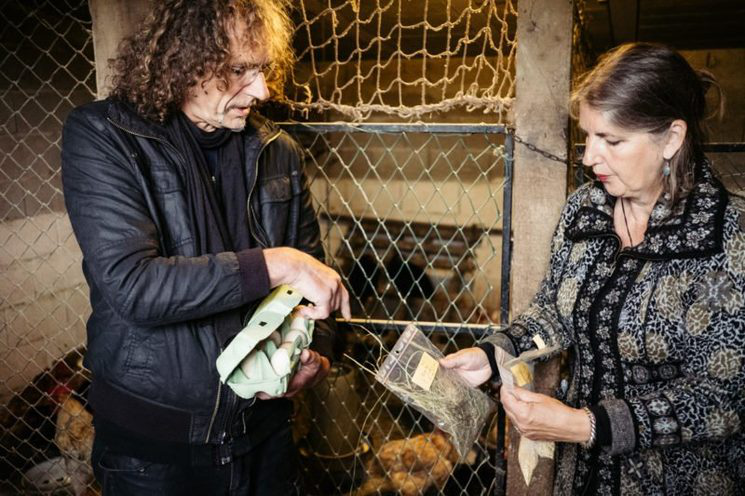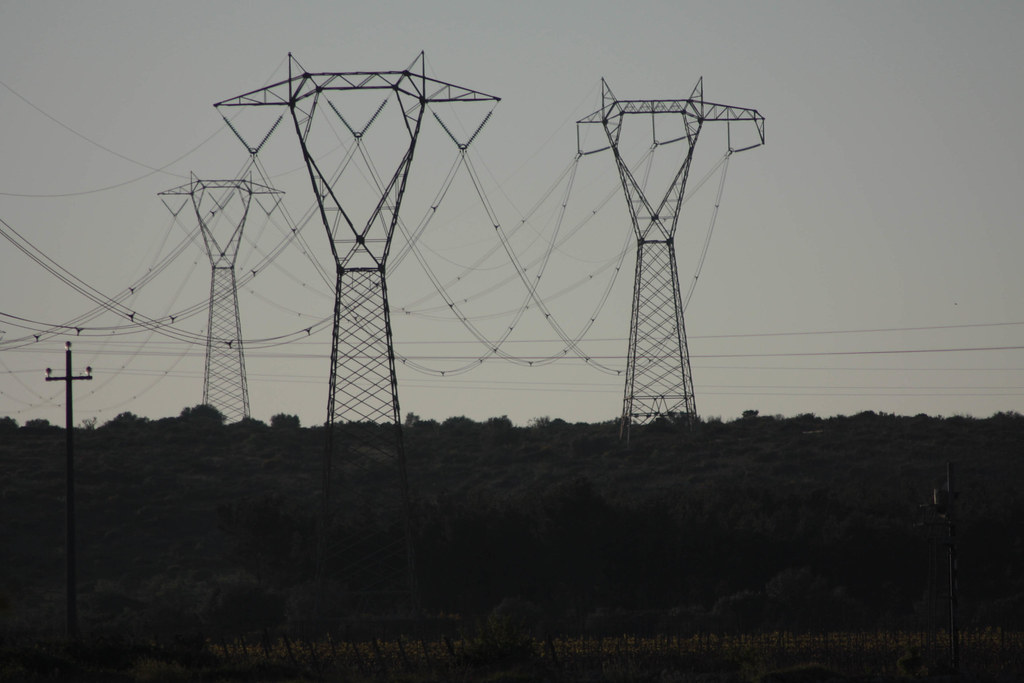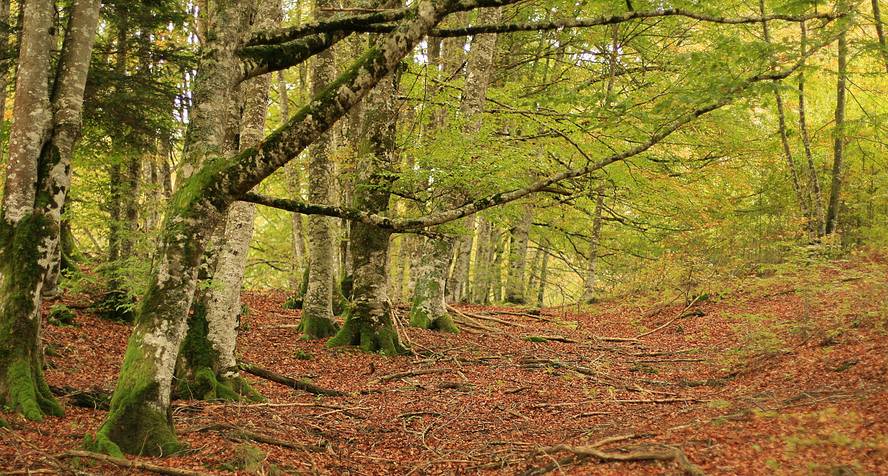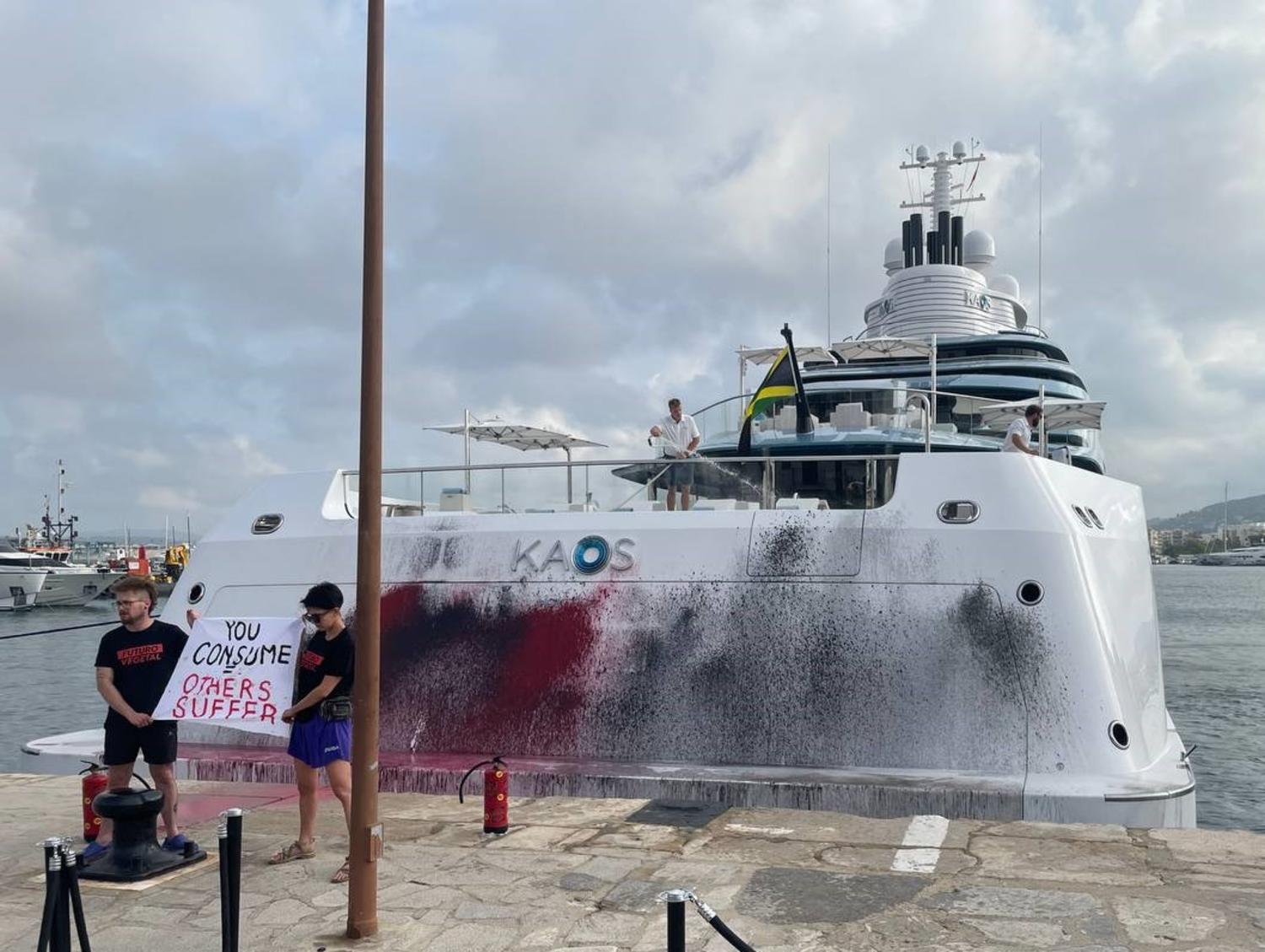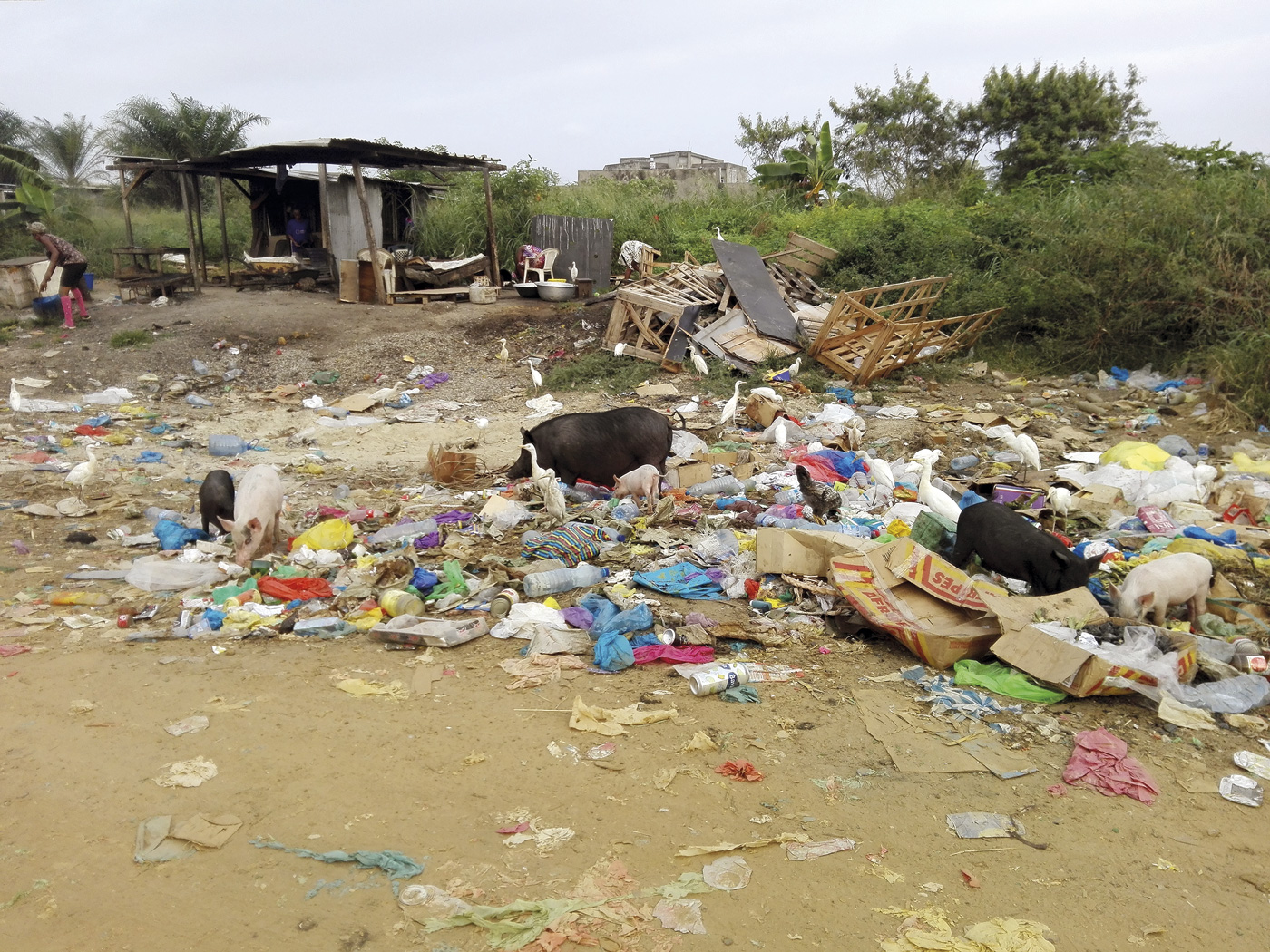The Bistibieta landfill in Lemoa could house 37% of the Basque coast’s galpot in the ‘Prestige’ disaster
- The Jon Podemos Group has requested information in the Basque Parliament on the possible existence of waste at the Bistibieta landfill in Lemoa. Ecologists have repeatedly denounced the fact that the sunken Prestige oil tankers were liberated in 2002 and that Basque fishermen retained much of the leftovers of Galipot collected in the open sea and on the beaches of Gipuzkoa and Bizkaia. The Basque Government denies this, but the contradictory data provided have heightened suspicions.

During the Prestige disaster, Basque fishermen collected 21,000 tonnes of fuel or shapot at sea. The oil slick continued to bring pollution from Galicia to the cliffs and beaches of the Basque Country – between July and August 2002 alone, more than 333 tonnes of galipot was collected on the ground, according to El País. Where did all this material go?
The Basque Government set up a temporary waste treatment plant in the port of Bilbao, at the pier of Punta Sollana, which transferred much of the recovered fuel to Petronor for use by the private company. But what was done with the rest of the galpot has not yet been fully clarified.
Environmental groups have for years been denouncing in Lemoa and neighbouring towns the possible existence of polluting residues of fuel oil in the landfill of Bistibieta, due to the sulphur and hydrocarbon odors that are generated. In 2017, Lezama Bizirik said that there is “evidence” that some of the waste collected in the Prestige disaster was stored there, “without any special treatment, and even for several years the leachate generated was pumped back to the tank’s surface.”
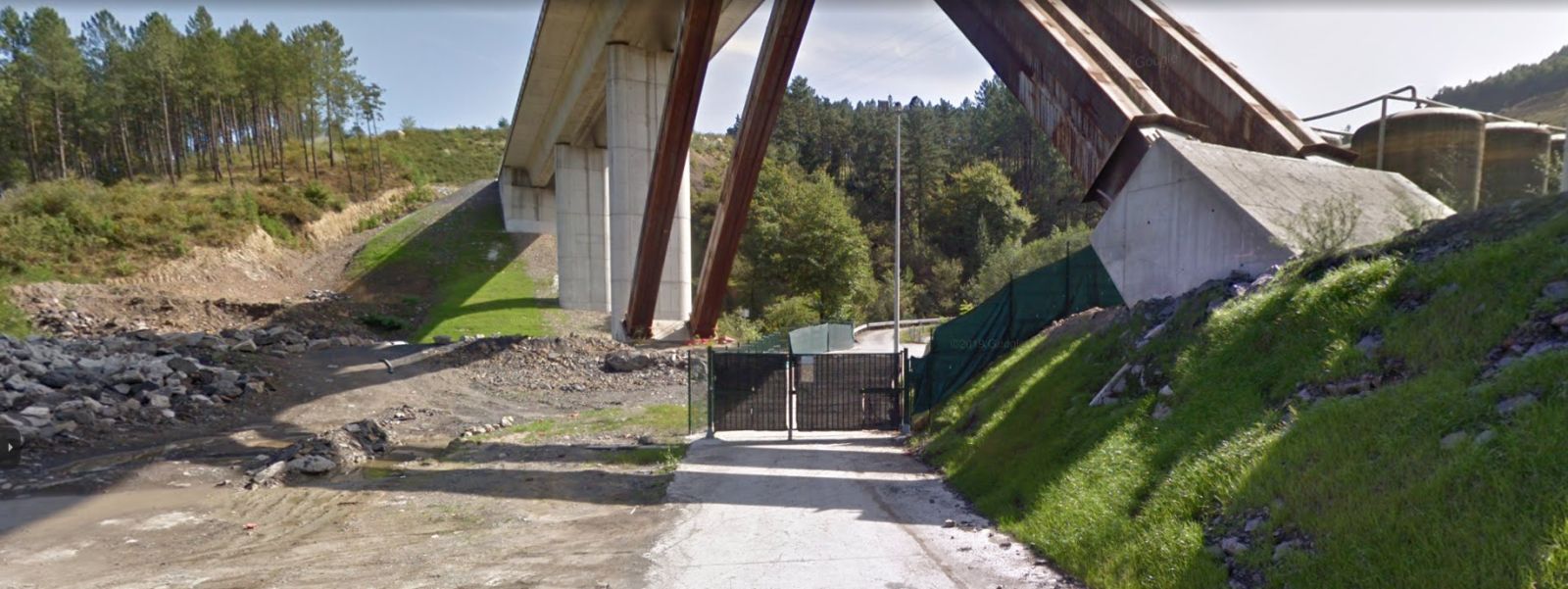
Complaint by the environmental group Azurreka
The environmental organisation Azurreka now raises the question of the galpot allegedly dumped in landfill and public concern. About three months ago they met with the Director of Environmental Quality and Circular Economy of the Basque Government, Javier Agirre, who explained Cronica Vasca, Pedro J. Ramírez's Spanish is a digital portal with alliance with the environment.
“I know nothing about it (...) I have no ideas. You’ll have to go to the Environmental Department,” said Government spokesman Bingen Zupiria at a press conference of the Governing Council on 24 October.
In scalpel “hydrocarbon parameters are not exceeded”, so “there is no point in investigating the presence in something non-existent”, according to the Environmental Department
Following these allegations, Miren Gorrotxategi of the Jon Podemos group presented a questionnaire in the Basque Parliament. Environment Minister Arantxa Tapia replied negatively: “The parameters of hydrocarbons are not exceeded”, so “it makes no sense to investigate the presence in something non-existent.”
Tapia has ensured that the smells of the landfill come from the well of the accumulation of inertised waste and the necessary measures have been taken to reduce this odor.
The counsellor clarifies that the part that was not destined for Petronor was rubberized clothes and cleaning materials, and that the specialized company Saber “inertised” for subsequent landfill as non-hazardous waste. But the Environmental Department does not have a contract for this inertisation process because it was not an ordinary contract, “given that it was an emergency situation.”
They do not know the location of the landfill where the materials are located, as this is part of the “exploitation plan of the owner”. In 2002 the Bistieta landfill belonged to the company Cespa Content and in 2008 it was transferred to the company FCC Ambito, which is currently a concession company.
37% of the galpot in landfill?
Among the documents sent from the government to Jon Podemos is the report published by Ihobe in 2016 on the Prestige disaster.
According to the report, in 2002 Basque fishermen collected 21,100 tonnes of emulsified fuel at sea, compared to 77,000 tonnes of the boat, of which 60% were recycled. In addition, 3,047 tonnes of galpot were collected on the beaches of Gipuzkoa and Bizkaia.
But the public environmental society also provides another element. In the treatment plant in the port of Bilbao, solid marine, plastic, algae and vegetable branches stained with galpot were separated, accounting for 37% of the total collected: “It was sent to an authorised manager. After a stabilization and solidification process, he deposited it in a landfill authorized for this type of waste.”
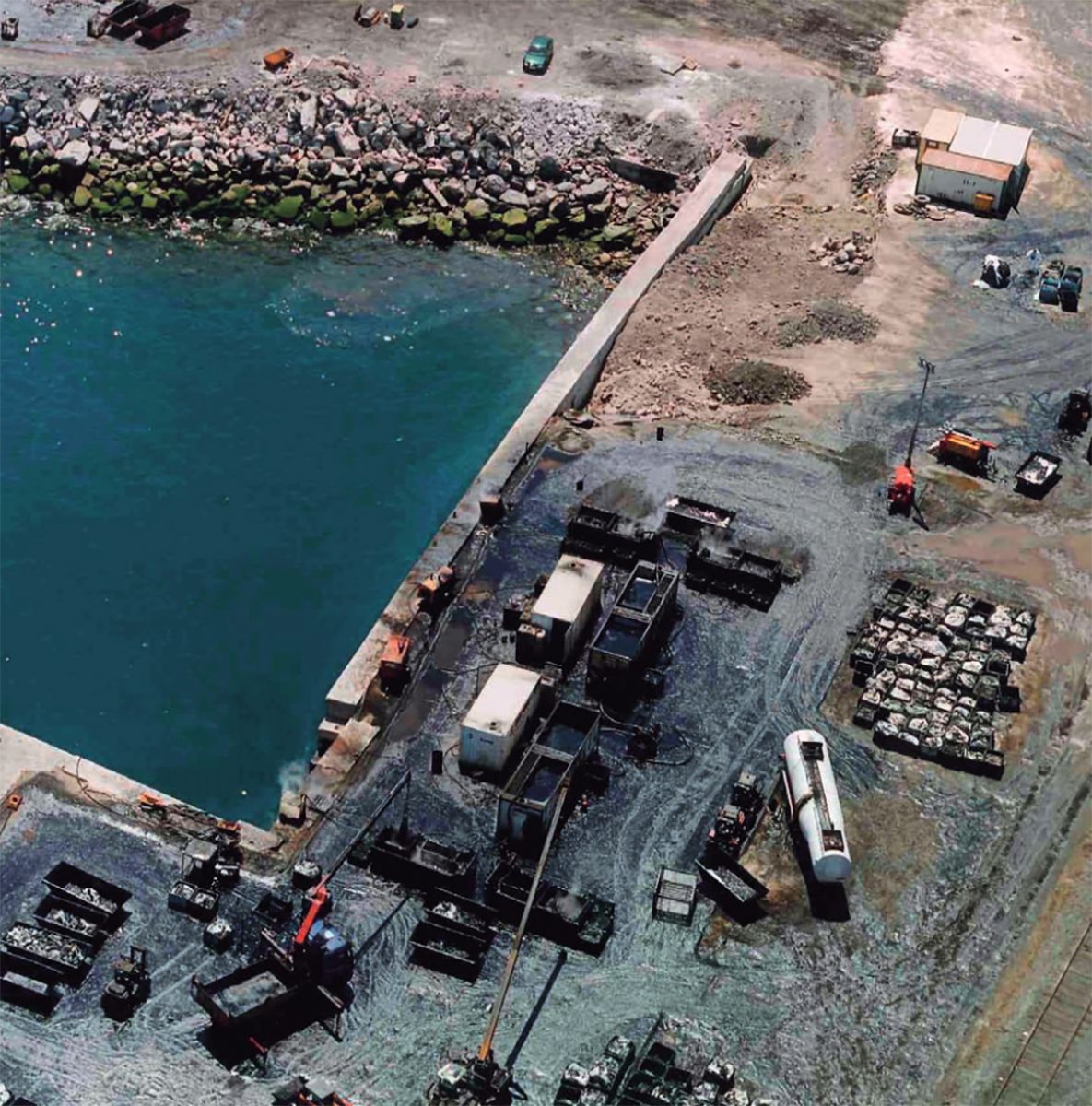
Thousands of tonnes of waste were destined for a landfill. Xabi Marrero, Member of the Parliament for the Energy Transition and Climate and Environmental Emergency of Elkarrekin Podemos, stressed on the X network that "smells" something in the Bistibis and that the data provided by the Basque Government and the statements made do not coincide.
Gorrotxategi has just registered a new questionnaire last Friday for the Basque Government to answer: “In which landfills were those 37% of the fuel residues mentioned in the Ihobe report that did not go to Petronor? And if you were out of Bistibi, did you have permission for fuel waste?”

In addition, Gorrotxategi asks whether these wastes were only “cleaning materials” and how many tonnes we are talking about. Finally, the parliamentarian would like to know whether the government is going to take steps to clarify where all that splash that did not go to Petronor was left.
Bistibieta landfill expansion plans
The landfill of Bistibieta also affects the municipalities of Amorebieta-Etxano, Galdakao and Bedia by skirt in cortederra in lands of Lemoa. Azurreka has called for the matter to be discussed in local councils, among other things, so that a smell study can be carried out. In fact, landfill has been the subject of debate in recent years because of the many problems it has created.
This is one of the landfills that the Basque Government plans to expand by the Zaldibar disaster.
In fact, that of Lemoa is one of the landfills that the Basque Government plans to expand as a result of the Zaldibar disaster, and the only one of the CAPV that appears to be authorised to receive waste from fibercement or asbestos. To this end, the FCC has requested the amendment of the Integrated Environmental Authorisation, which is being processed.
It remains to be seen how the alleged presence of the Prestige pollutant galpot affects these purposes.
Energiaren Nazioarteko Agentziak (IEA) astelehenean argitaratutako txostenaren arabera, %2,2 igo da energia eskaria 2024an aurreko urtearekin alderatuta, besteak beste, egiturazko arrazoi hauengatik: beroari aurre egiteko argindar gehiago erabili beharra, industriaren kontsumoa... [+]
Kutsatzaile kimiko toxikoak hauteman dituzte Iratiko oihaneko liken eta goroldioetan. Ikerketan ondorioztatu dute kutsatzaile horietako batzuk inguruko hiriguneetatik iristen direla, beste batzuk nekazaritzan egiten diren erreketetatik, eta, azkenik, beste batzuk duela zenbait... [+]
Lurrak guri zuhaitzak eman, eta guk lurrari egurra. Egungo bizimoldea bideraezina dela ikusita, Suitzako Alderdi Berdearen gazte adarrak galdeketara deitu ditu herritarrak, “garapen” ekonomikoa planetaren mugen gainetik jarri ala ez erabakitzeko. Izan ere, mundu... [+]
Ur kontaminatua ur mineral eta ur natural gisa saltzen aritu dira urte luzeetan Nestlé eta Sources Alma multinazional frantsesak. Legez kanpoko filtrazioak, iturburuko ura txorrotakoarekin nahasi izana... kontsumitzaileen osagarria bigarren mailan jarri eta bere interes... [+]
Greenpeaceko kideak Dakota Acces oliobidearen aurka protesta egiteagatik auzipetu dituzte eta astelehenean aztertu du salaketa Dakotako auzitegiak. AEBko Greenpeacek gaiaren inguruan jasango duen bigarren epaiketa izango da, lehenengo kasua epaile federal batek bota zuen atzera... [+]








